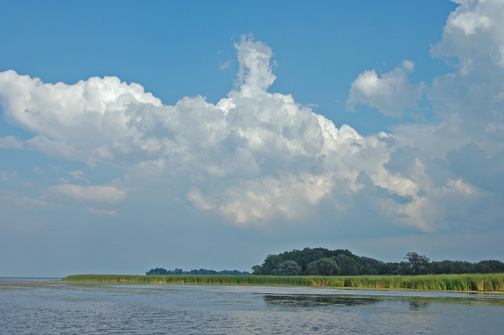"Biomonitoring of Great Lakes Populations Program by the Toxic Substances and Disease Registry and the Department of Health and the Department of Health and Human Services" This was the original intent of identifying 'areas of concern'.
Not so much about the 'black tern.
From the Federal Register Volume 76, Number 214 (Friday, November 4, 2011):;
In 2009, the Great Lakes Restoration Initiative (GLRI) was enacted as Public Law 111-88. The GLRI makes Great Lakes restoration a nationalpriority for 16 Federal agencies. The GLRI is led by the U.S.
Environmental Protection Agency (US EPA). Under a 2010 interagency
agreement with the US EPA, the Agency for Toxic Substances and Disease
Registry (ATSDR) announced a funding opportunity called the
``Biomonitoring of Great Lakes Populations Program'' (CDC-RFA-TS10-
1001).
This applied public health program aims to measure Great Lakes
chemicals in human blood and urine. These measures will be a baseline
for the GLRI and future restoration activities. The measures will be
compared to available national estimates. This program also aims to
take these measures from people who may be at higher risk of harm from
chemical exposures.
Three states were funded for this program: Michigan, Minnesota, and
New York. The health departments in these states will look at seven
AOCs and four types of sensitive adults: Michigan--urban anglers in the
Detroit River and the Saginaw River and Bay AOCs; Minnesota--American
Indians from the Fond du Lac Community near the St. Louis River AOC;
and New York--licensed anglers and immigrants from Burma and their
family members living in four Lake Ontario and Lake Erie AOCs. These
include the Rochester Embayment AOC, the Eighteenmile Creek AOC, and
the AOCs along the Niagara and Buffalo Rivers.

No comments:
Post a Comment